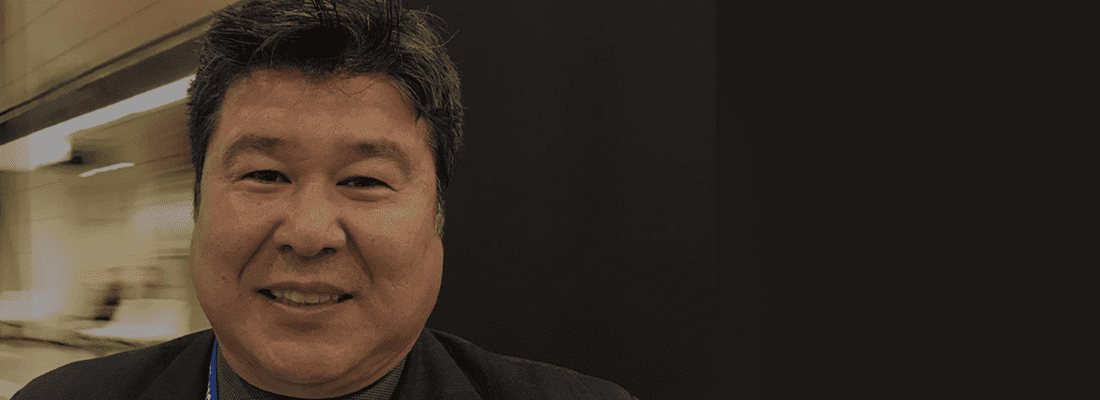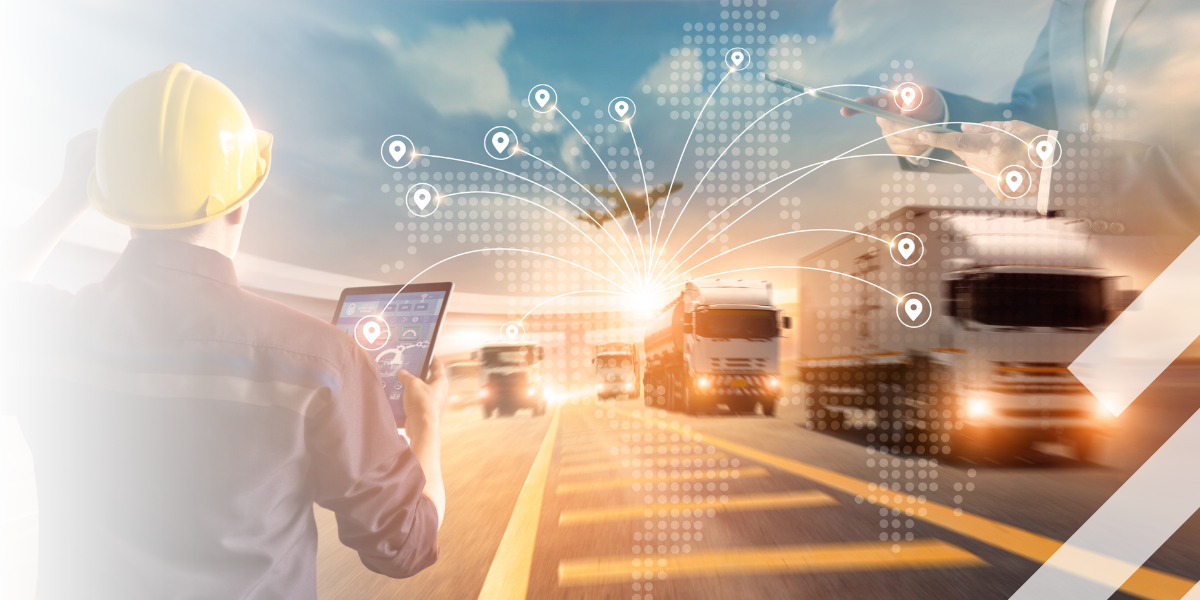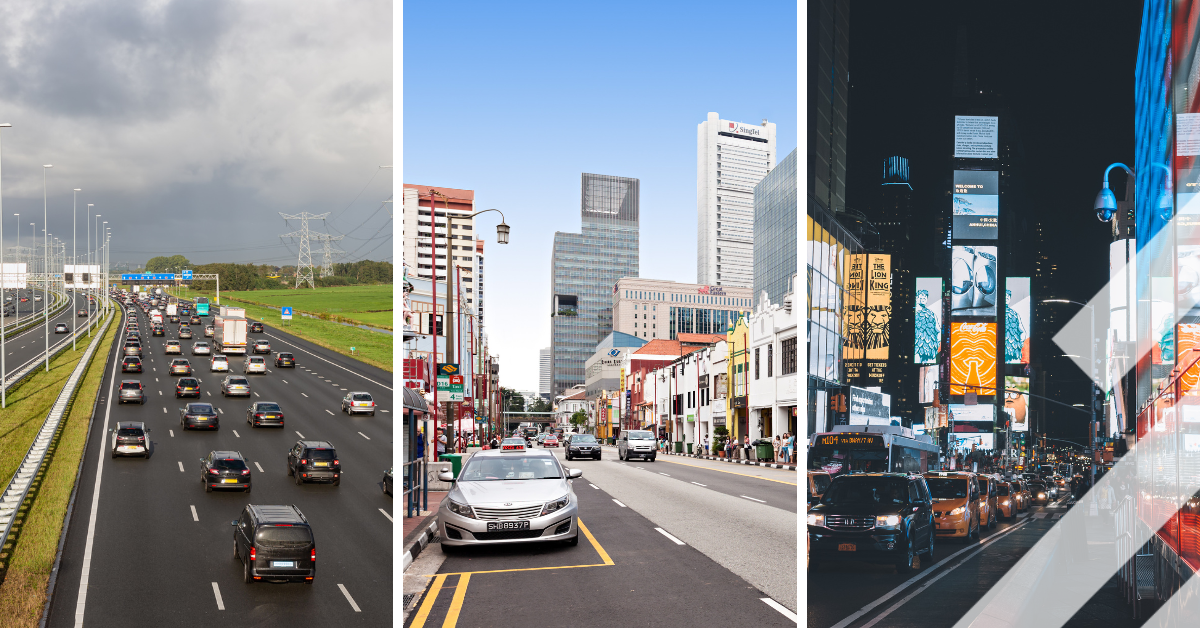SPEEDING UP THE MOBILITY TRANSITION: Roberto Tomosigue, FLIR
-‘;Quality of life to me is providing efficient and safe roads for every citizen’-
With the continuous growth of the population and ongoing urbanization there are numerous mobility challenges. Sustainability, safety and societal impact are amongst our daily concerns. We need to speed up the mobility transition to keep up with the fast changing global dynamics, which requires inventive approaches and better solutions. In this series we share inspiring and innovative cases from all over the world. Roberto Luis Tomosigue is Sales and Project Manager Brazil for FLIR. How is he speeding up the mobility transition?
It is undeniable: urban mobility is changing. The ongoing growth of the population using all kinds of transportation modes asks for new infrastructure solutions. Bikes, cars, buses, scooters all share the same space. Preferably in the safest way possible. And what about our environment? With over 7,5 billon habitants on this planet - in 2000 only 6 billion - the sprawling cities can have serious consequences for our environment. We have to learn to share our space and conserve our waters and forests.
-‘In Sao Paulo you first need to take a shower after arriving at the office by bike.’-
Three years ago I decided to use a bike to go to work. It was complicated at that time because Sao Paulo didn't have enough cycle paths and there was little space to park it. Aside from that it is a tropical country, so I needed to take a shower by the time I arrived at the office. But I did not need the gym anymore. So I was saving on money, traffic jams and emissions not going by car.
Not only on a personal level can I improve mobility; on a business level too. I joined the FLIR team at the beginning of 2019 I noticed that the path the company is taking to provide solutions to the ITS market is in line with what I have always imagined. FLIR is a provider of traffic analytics video solutions. Thanks to the thermal technology that is included since the acquisition of Traficon in 2012, we can improve traffic and make it more efficient, safer and smoother.
-‘How can we offer every mode of transport efficient mobility infrastructure in limited space?’-
One thing that keeps me occupied on a daily basis: how can we provide transport and traffic managers with the information they need, in order to ensure a safe and efficient mobility infrastructure? Knowing it is no option to offer every mode of transport a separate lane, due to the limited space. I am very happy to be able to offer a solution. Image detection can be partially replaced by wireless technologies. Nowadays, thermal technology is enabling accurate detection of pedestrians, bicycles, scooters, cars, any mode of transportation.
A good example is the Province of Utrecht. Only recently they started a campaign called ‘I bicycle’ to motivate people going to work by bike. You can even try a speed pedelec for free and score nice discounts too. A couple of years ago the province was looking for a more efficient way to improve the traffic flow at a specific intersection. We installed thermal sensors at the signalized intersection. Based on heat energy coming from cyclists and motorists, the cameras can detect both types of road users and make a distinction between the two. The cameras pass down their detection information to the traffic lights and this way, a separate regulation for bicyclists and motorists is made possible and all the while both road users are sharing the same road space.
-‘In the future we need accurate information even more to share mobility space.’-
To me this is an example of getting ready for the future; this is speeding up the mobility transition. In the future, vehicles will be connected to each other and connected to an infrastructure that can provide accurate information about traffic and incident conditions. More and more we will have to know how to share the spaces destined for mobility, as the cities will be growing vertically. The biggest challenge to manage mobility I think is getting information quickly and individually from each of the elements. With all this information we should be able to extract the best data for mobility efficiency, being proactive, whether in cities, highways or public transport.
A great inspiration to me and a good example combining so many elements is the city of Amsterdam. It is inspiring to see the use of active transport. Amsterdam does not have a large subway system as you can see in other European cities. I guess that isdue to the high cost of tunnel construction and optional flooding problems. The best solution going from A to B is by bicycle. And a healthy one. The government provided bike lanes and signalling. The challenge that comes with these huge amounts of cyclists, is to manage the traffic flows and make sure it does not cause bike traffic jams.
Healthy mobility and the environment; another concern I think we need to tackle, the sooner the better. Traffic jams - other than bicycle traffic jams - cause more and more emissions which I want to help decrease. In cities like Mumbai or Mexico City congestion rates are too high. Also in Moscow traffic jams caused heavy traffic congestion problems. With a growing number of cars (6 million) something had to change. We installed smart intersection signaling systems of 3,000 sensors tracking real time traffic flows. This way, vehicle waiting time at traffic lights is reduced and traffic flows are optimized. The satisfying result is less delay and more important: less emissions.
-‘The quality of life to me is providing safe roads for everyone: from the bus driver to the CEO commuting in a limousine.’-
I have been working in traffic engineering for 25 years and I want to make a big impact. My mission is to improve mobility in Latin America and implement more smart solutions in the cities. In Brazil we replaced the use of physical detectors with cameras with virtual detectors. After that different cities started to use it. We are also very happy with our impact in Europe, Canada and the US. But I hope to improve the situation in the less richer countries too. To provide efficient and safe roads to me is improving the quality of life. And this quality of life will be shared with everybody, from the driver that takes your bus onto the CEO of a huge company going to his next meeting in a limousine.
Roberto Luis Tomosigue is Sales & Project Manager Brazil for FLIR. The detection and monitoring solutions of FLIR enhance traffic safety and mobility.
Share your story
Do you have an innovation, research results or an other interesting topic you would like to share with the professionals in the infrastructure, traffic management, safety, smart mobility and parking industry? The Intertraffic website and social media channels are a great platform to showcase your stories!
Please contact our Sr Brand Marketing Manager Carola Jansen-Young.
Are you an Intertraffic exhibitor?
Make sure you add your latest press releases to your Company Profile in the Exhibitor Portal for free exposure.
Get up to speed on the mobility industry - our newsletter straight to your inbox!







